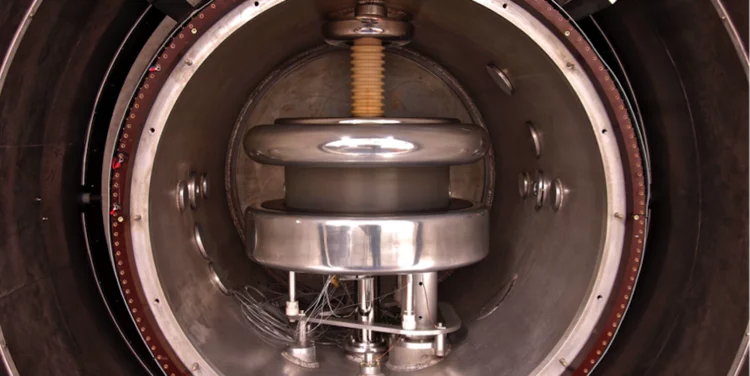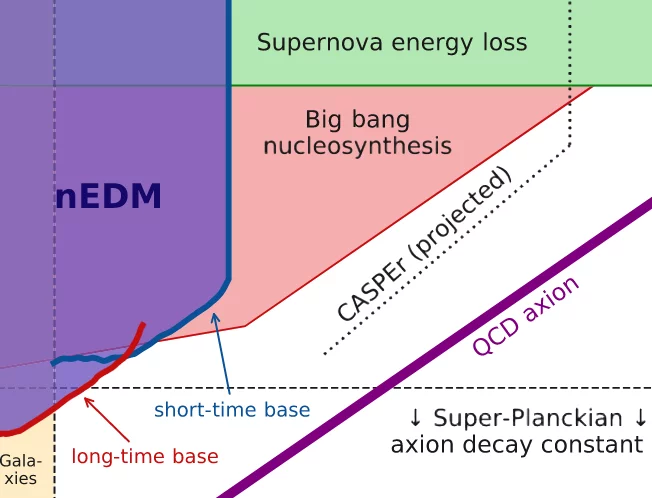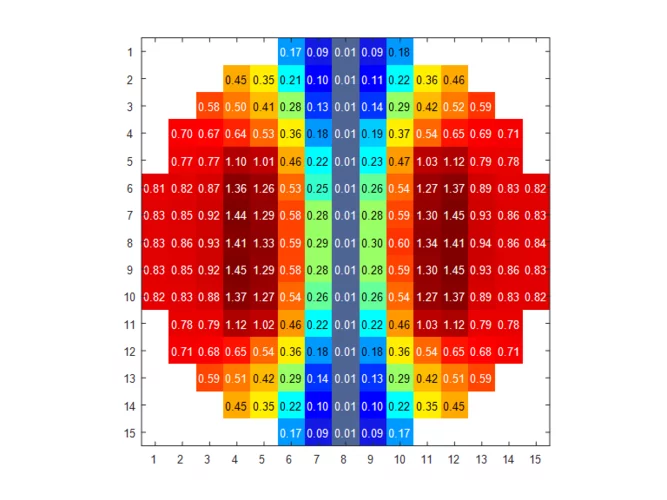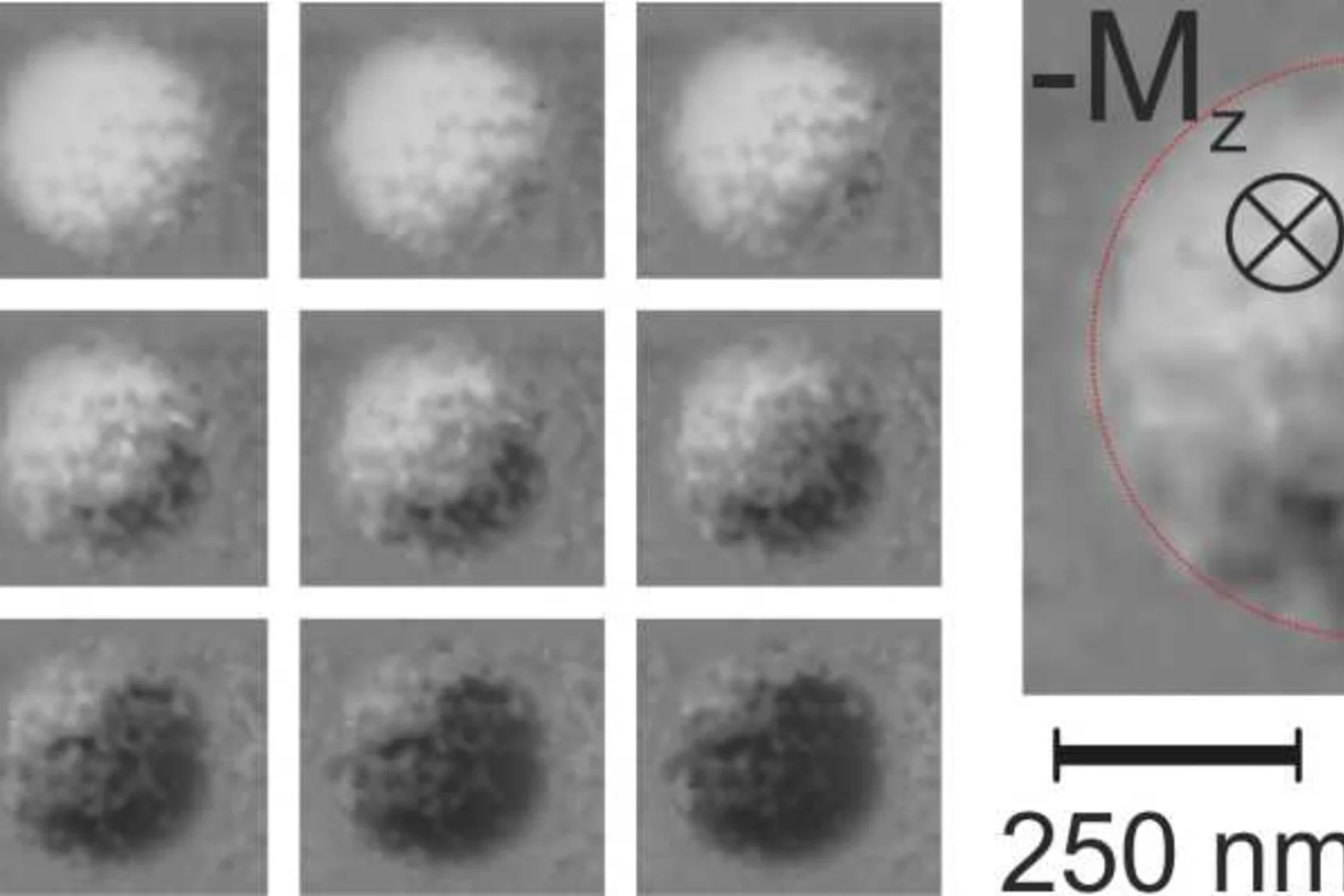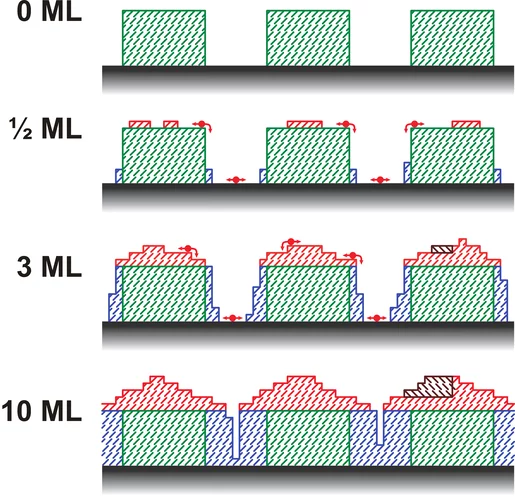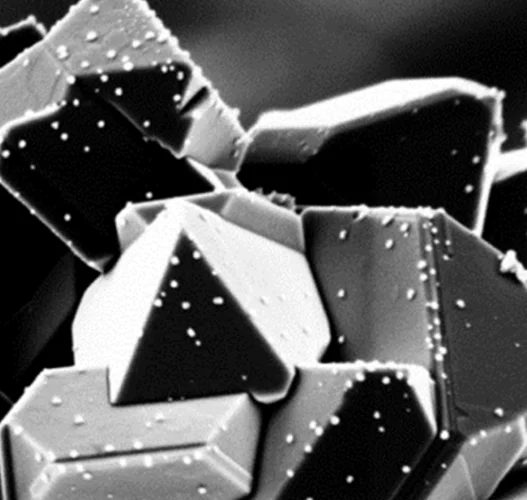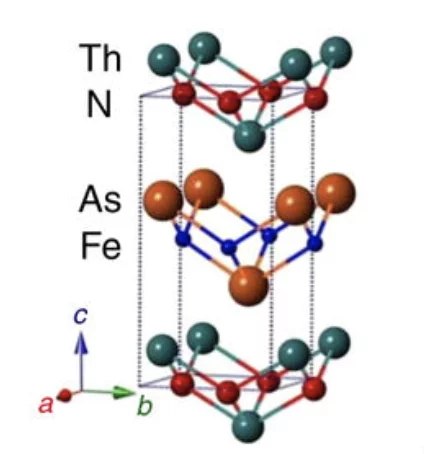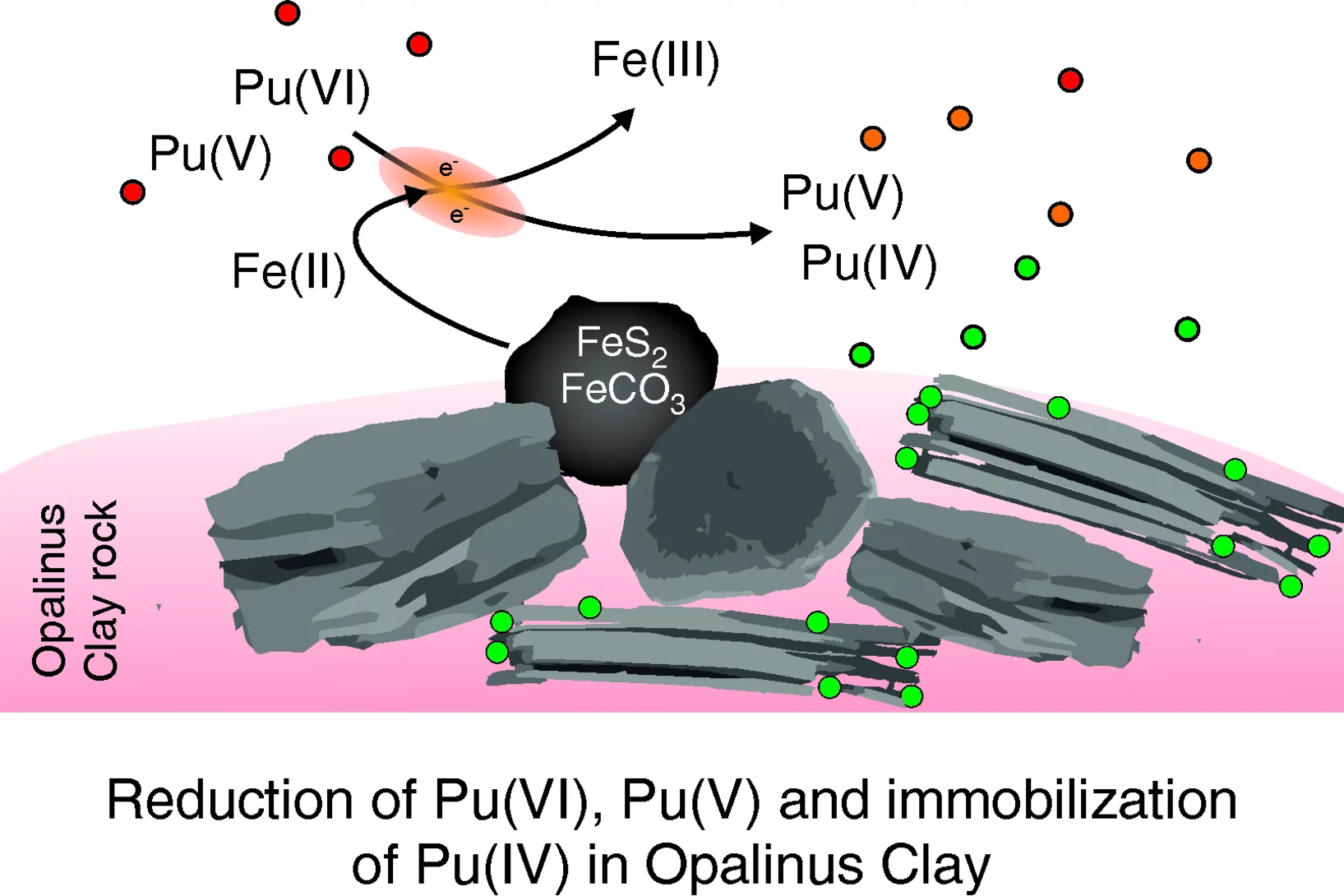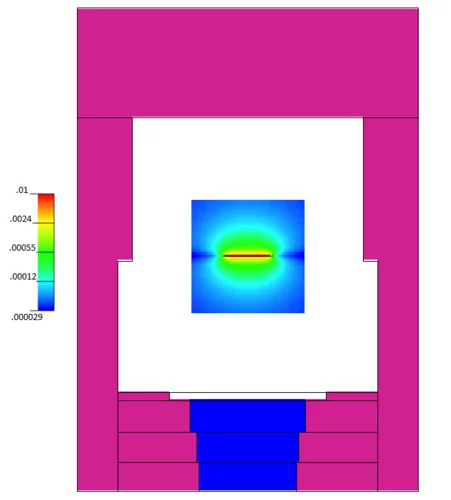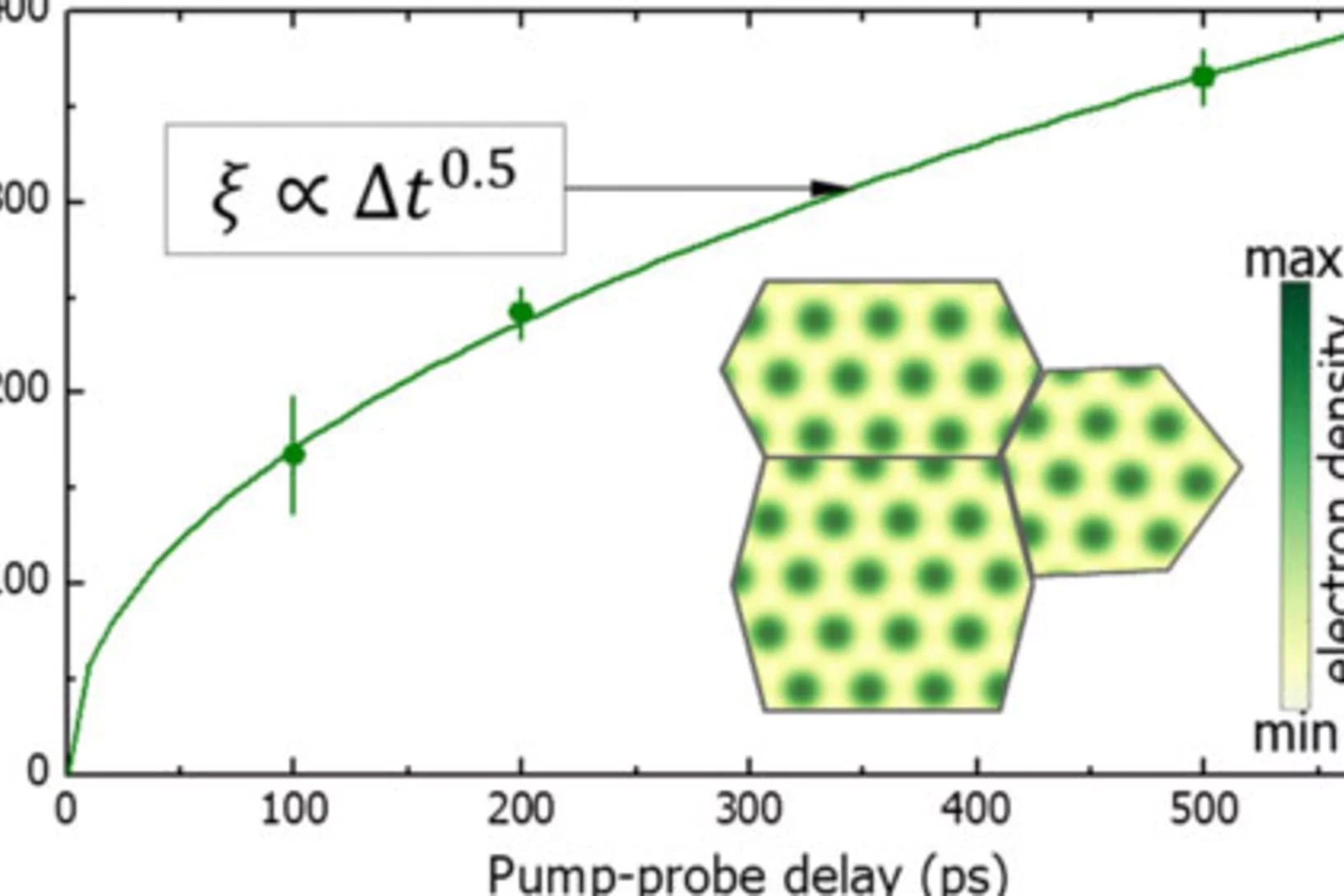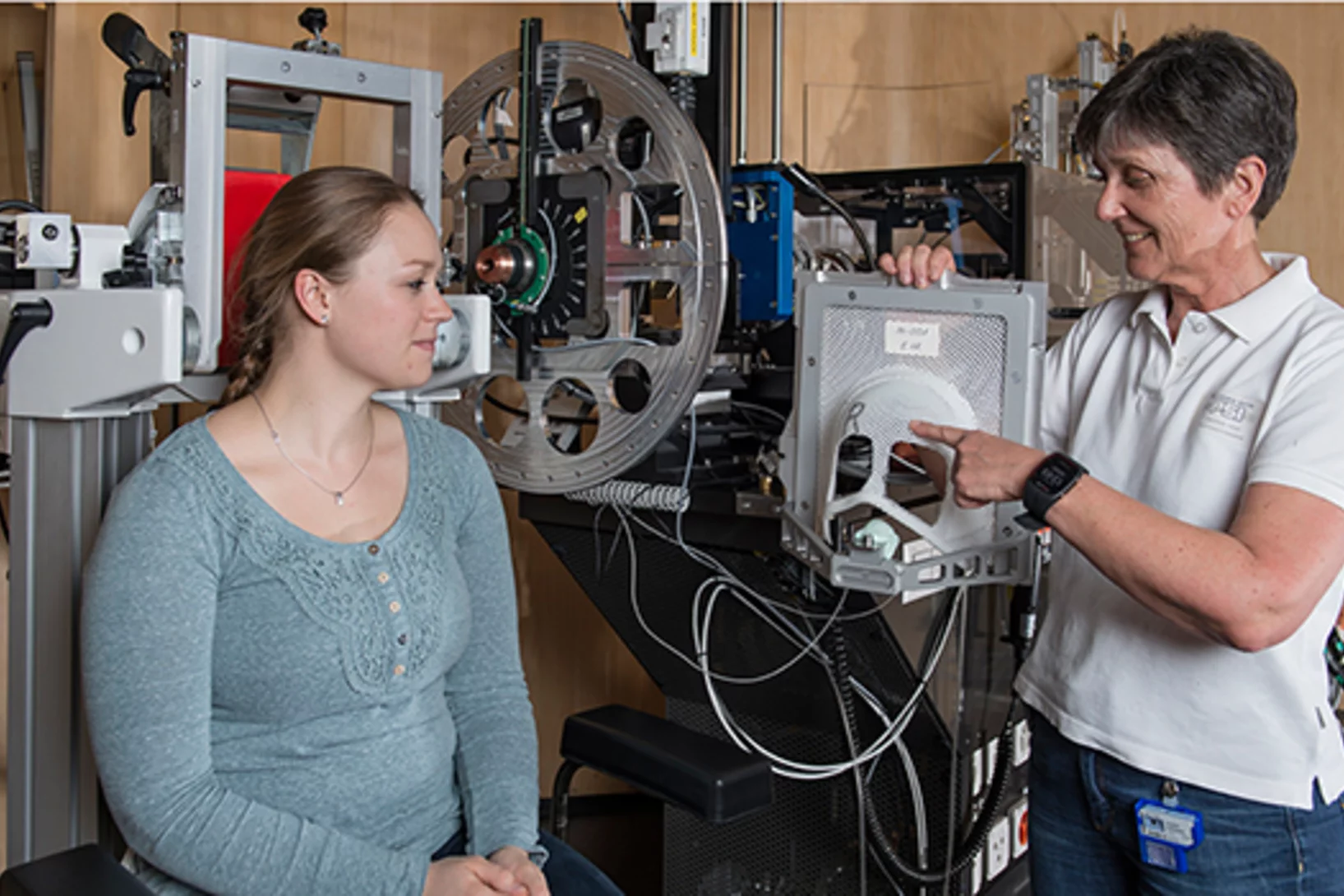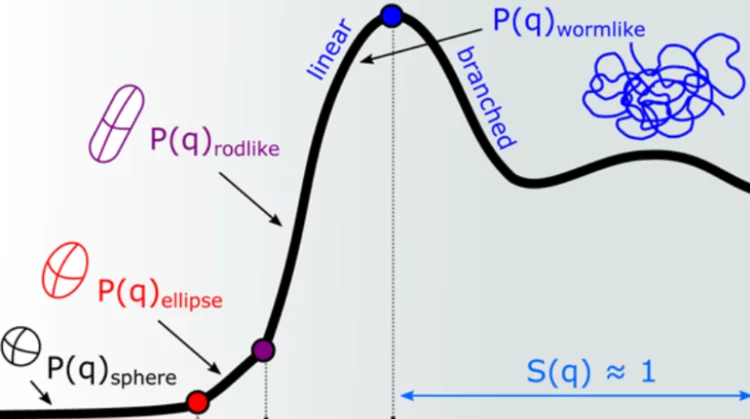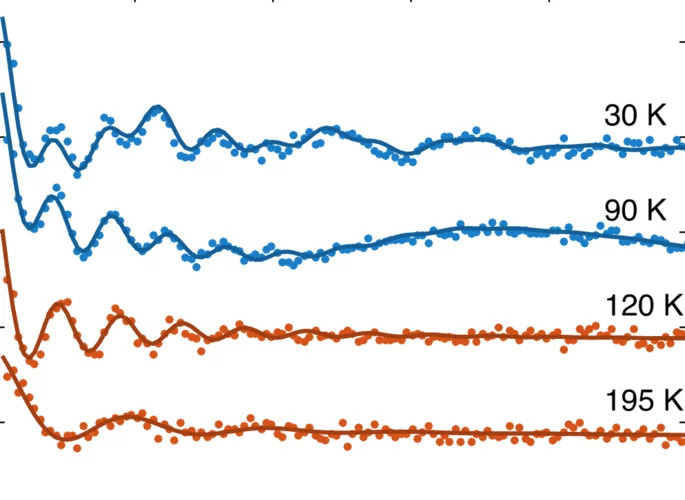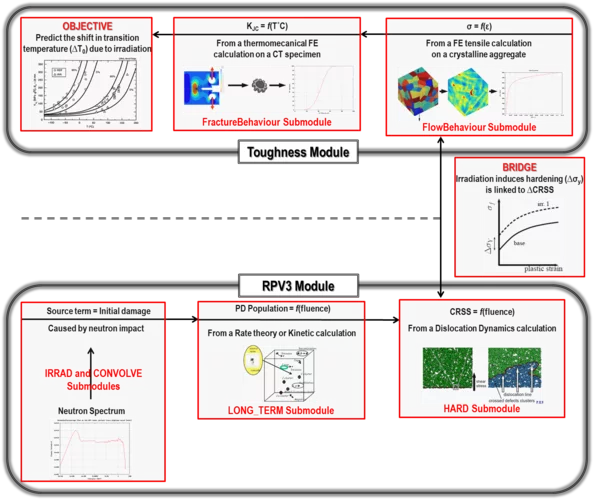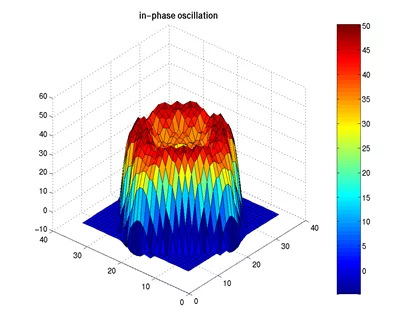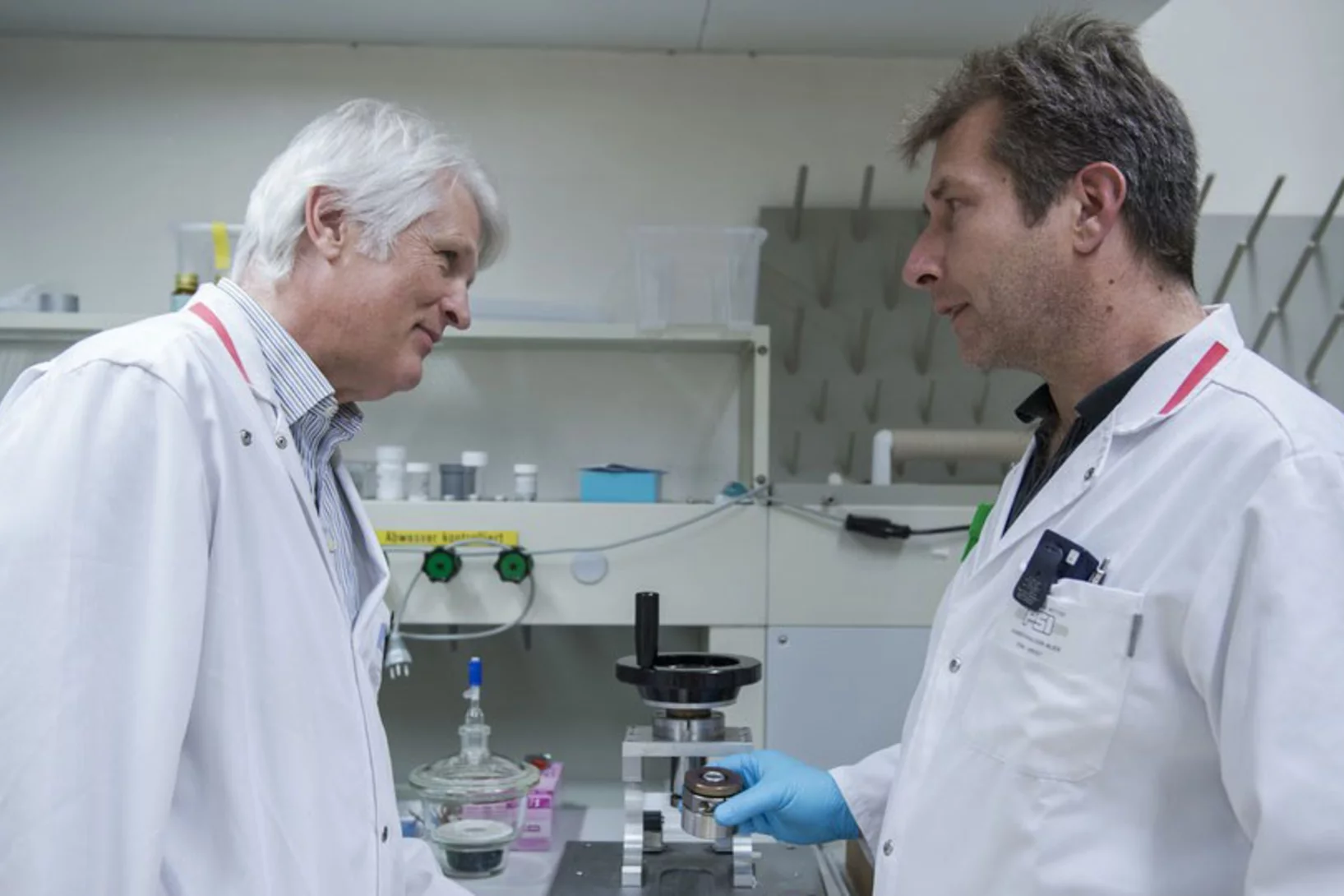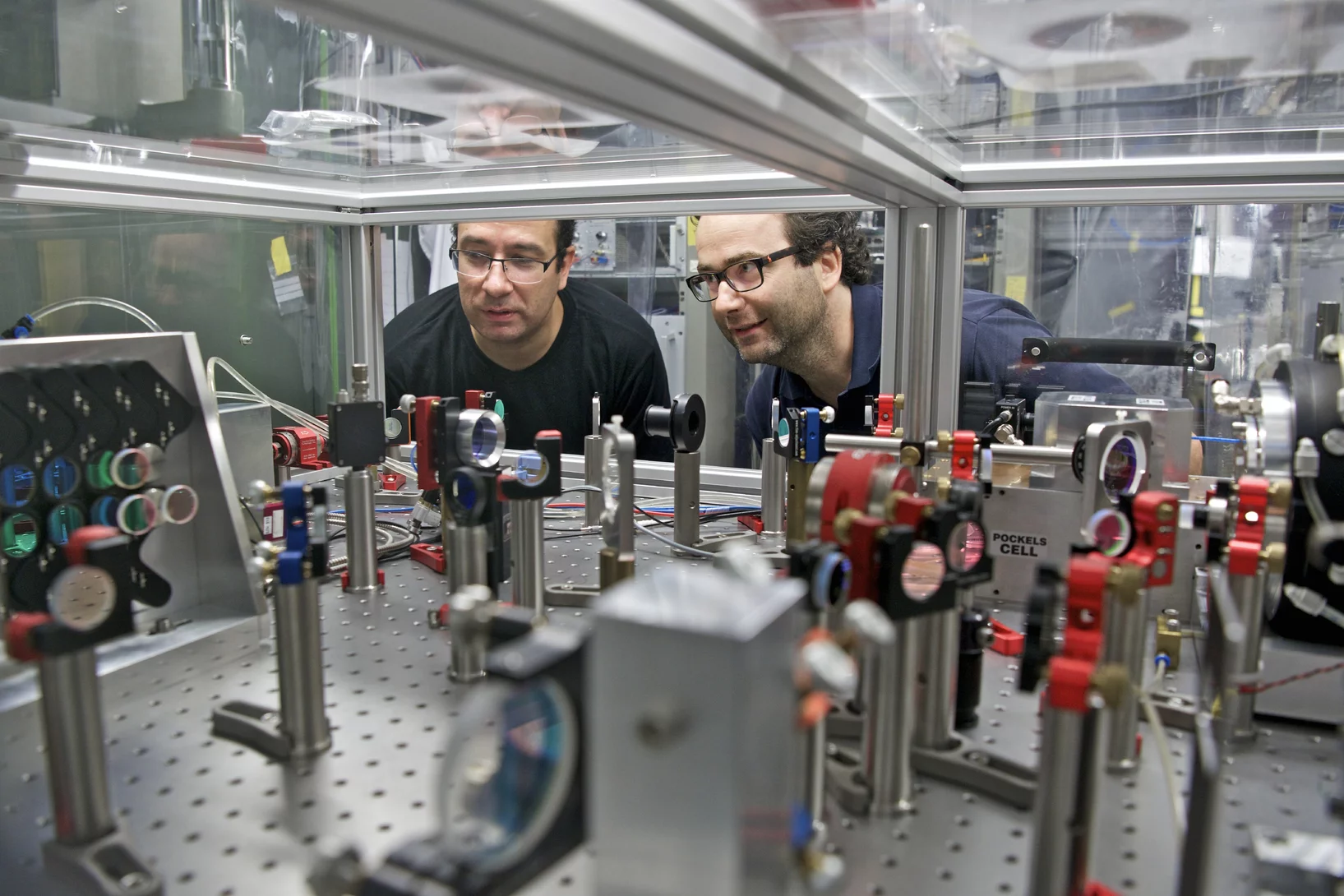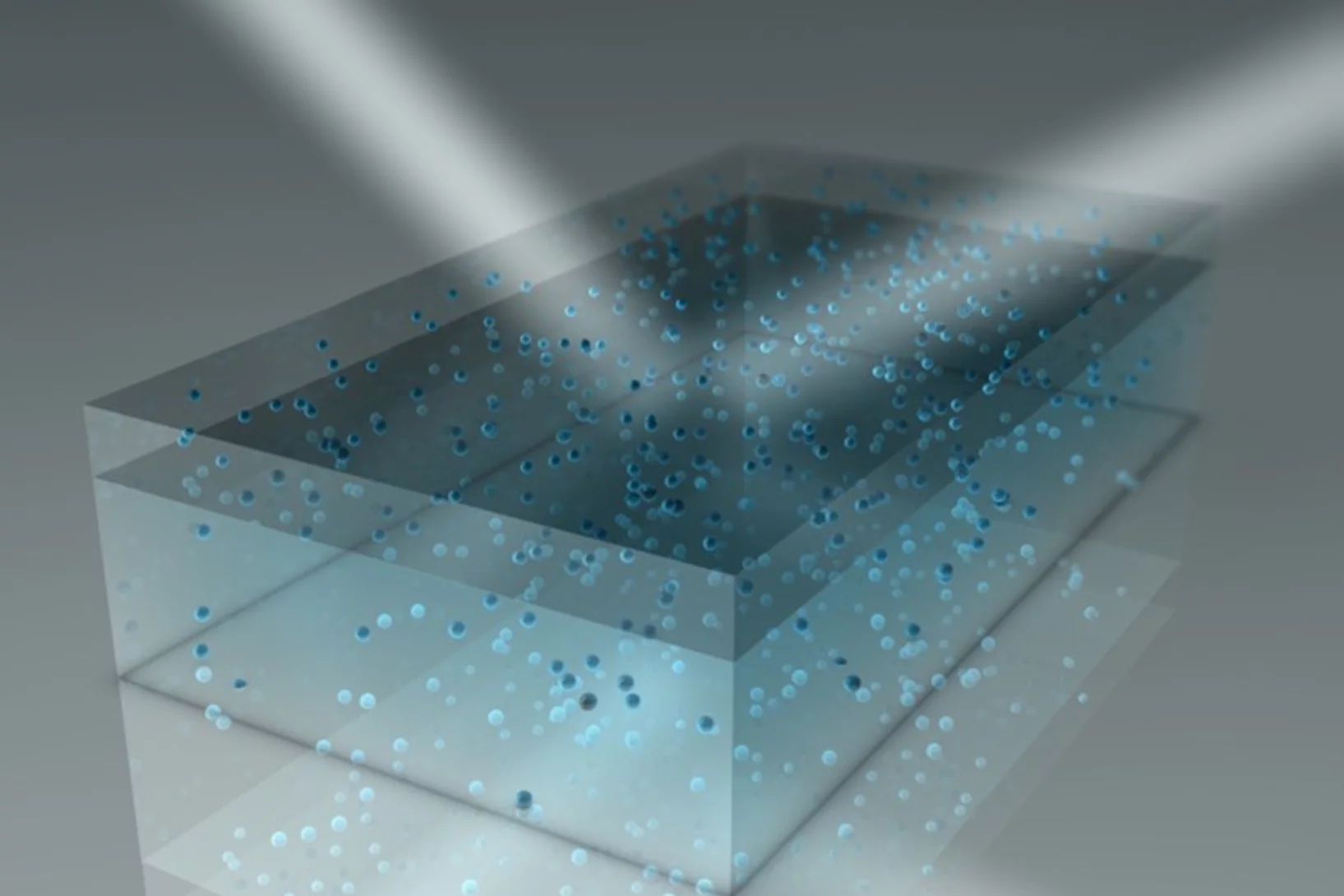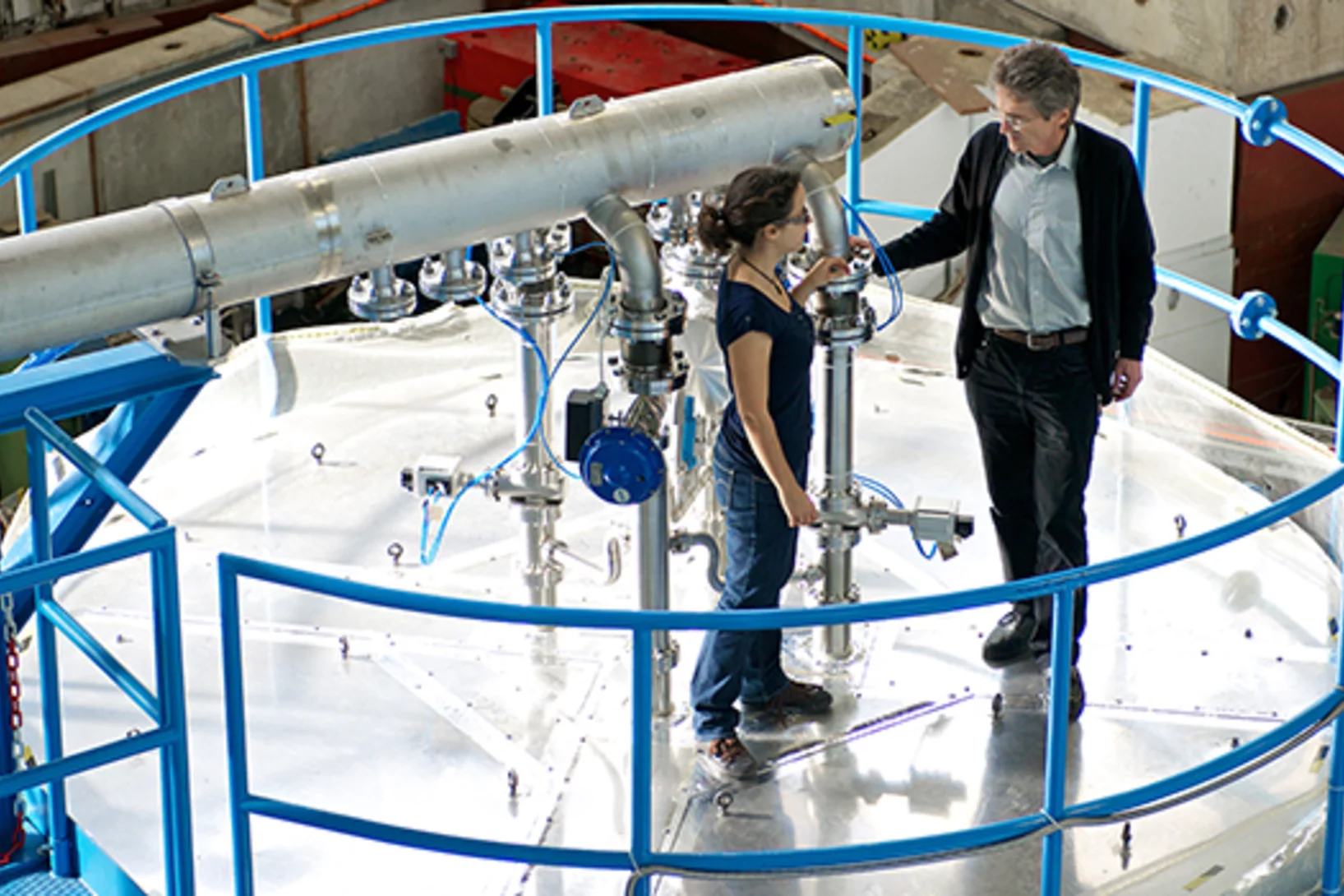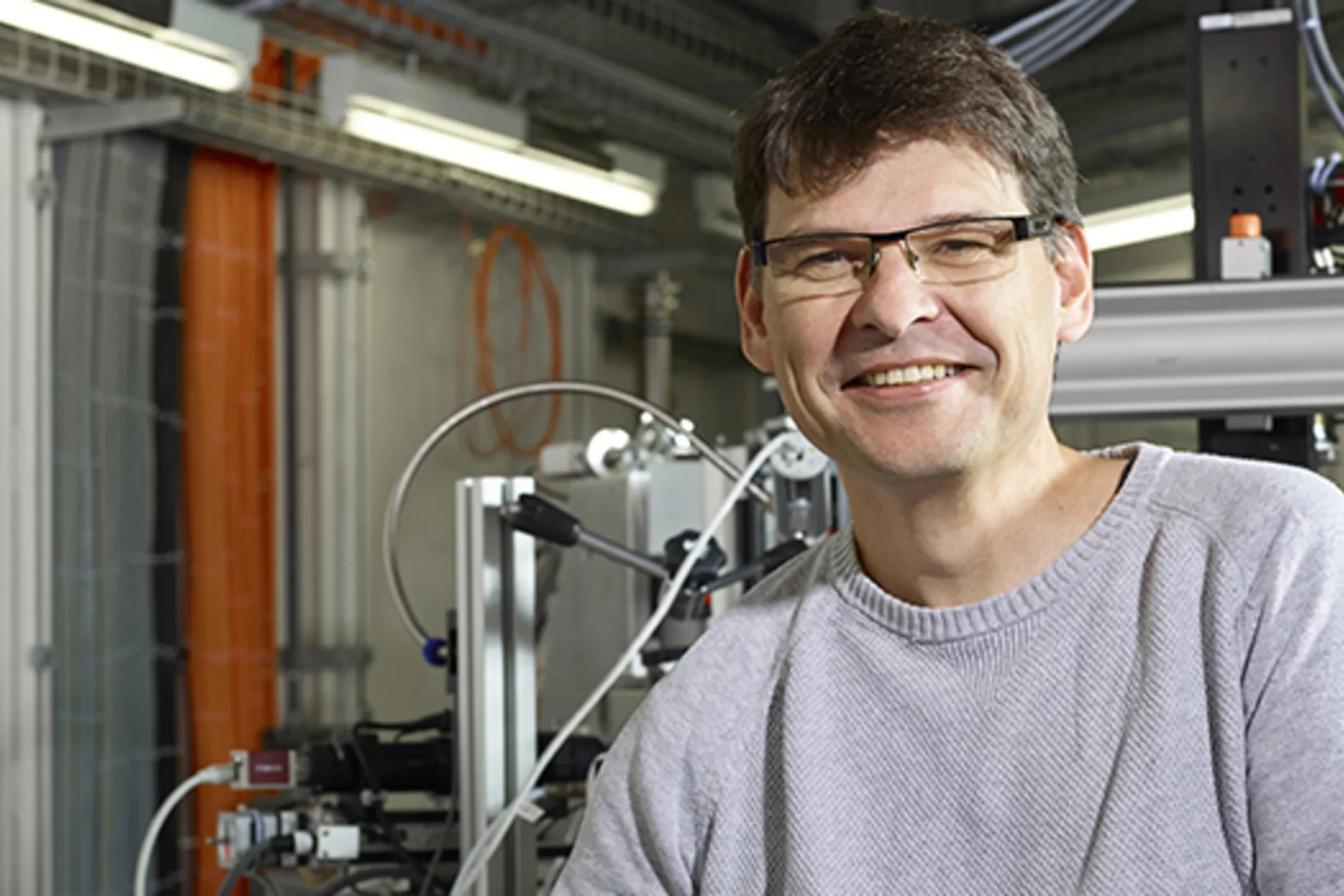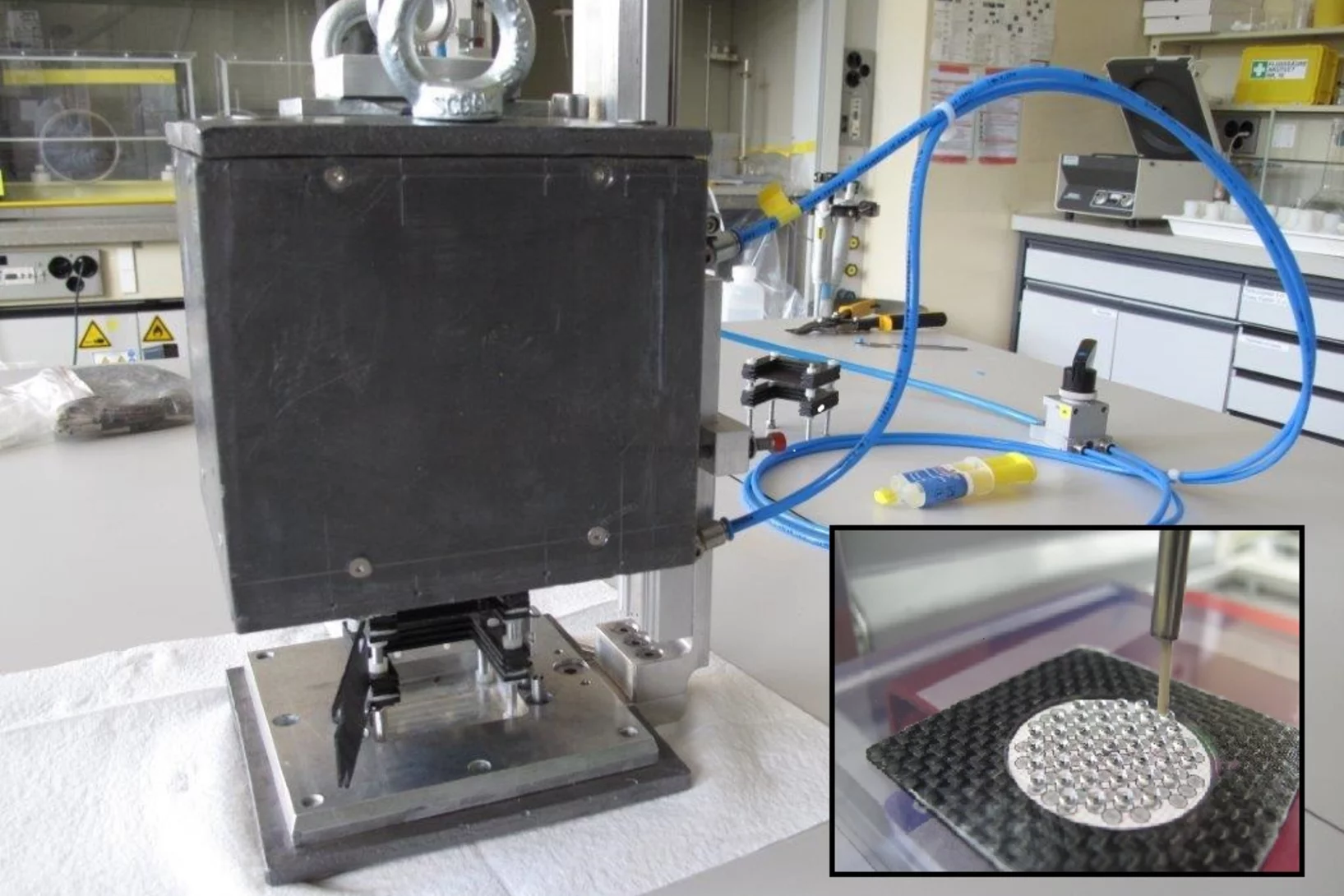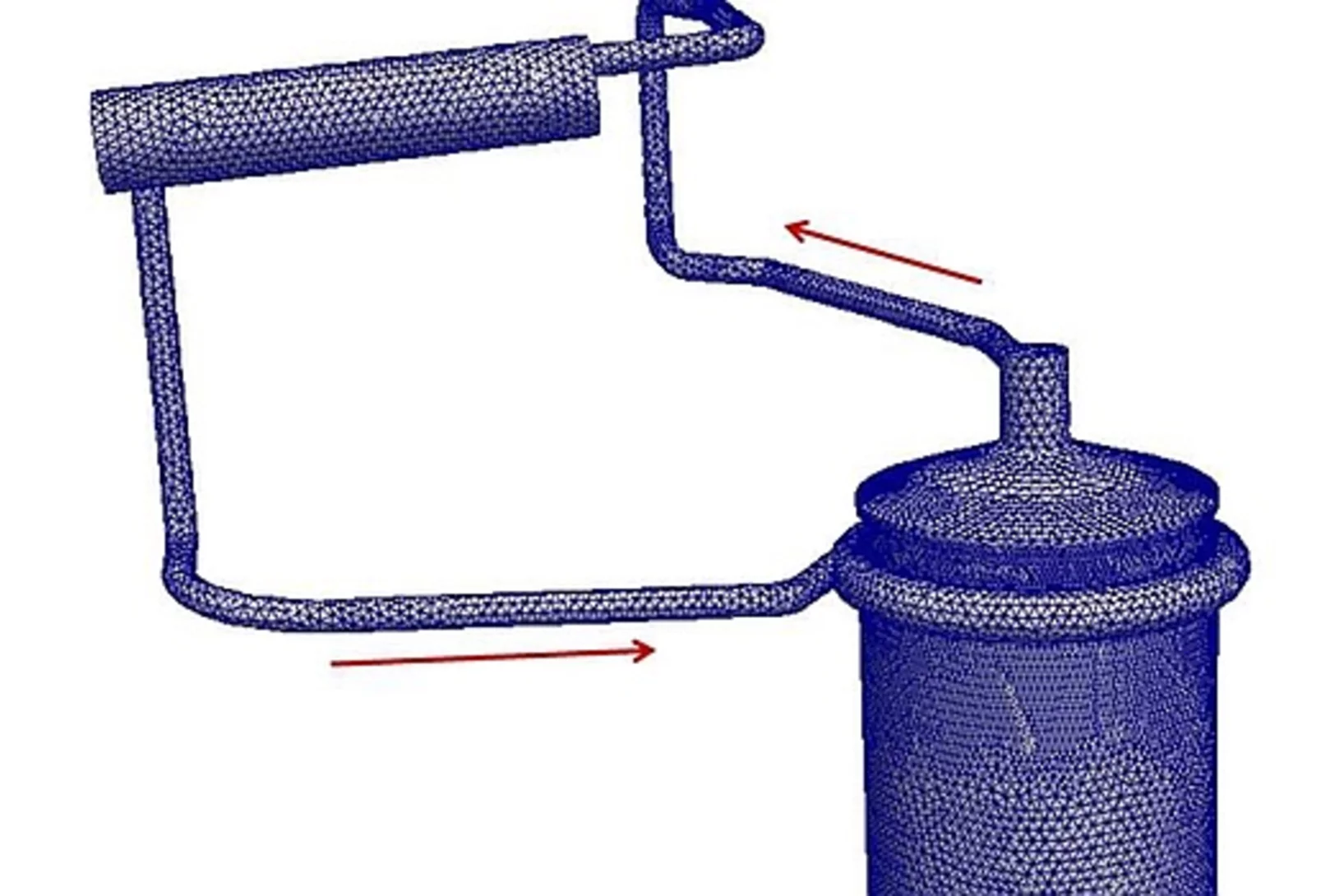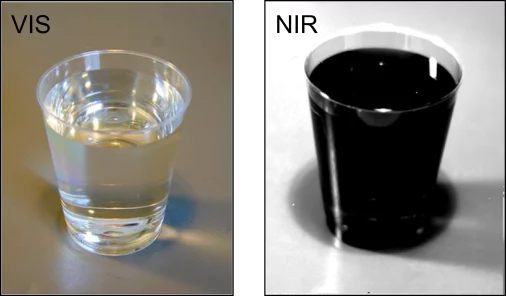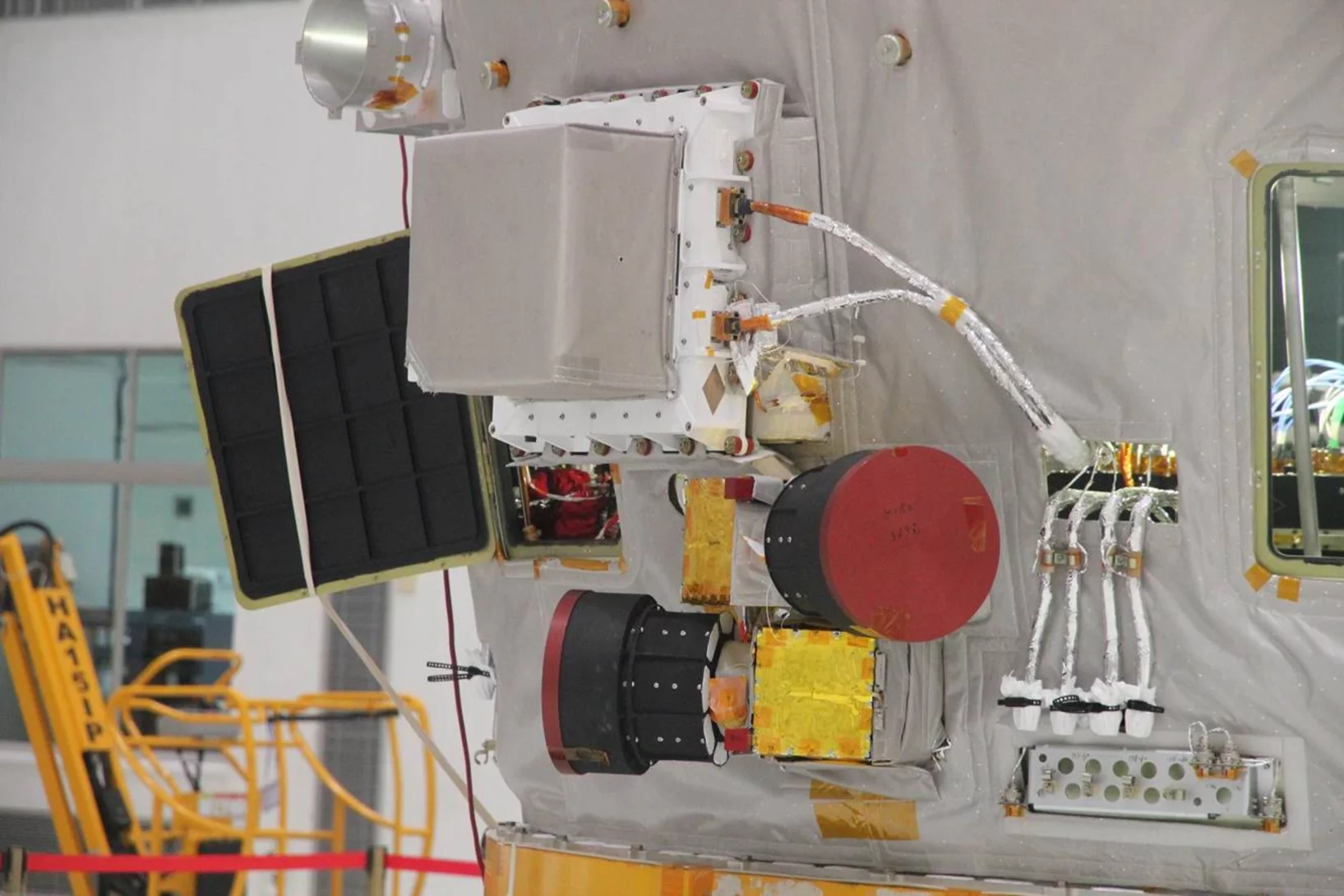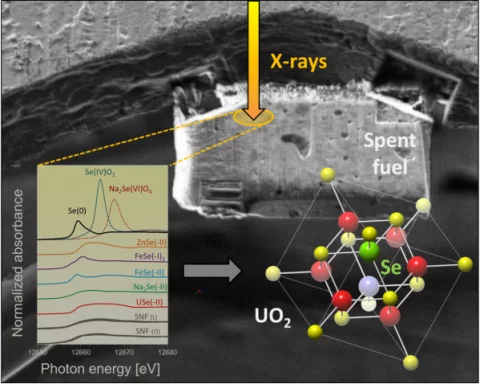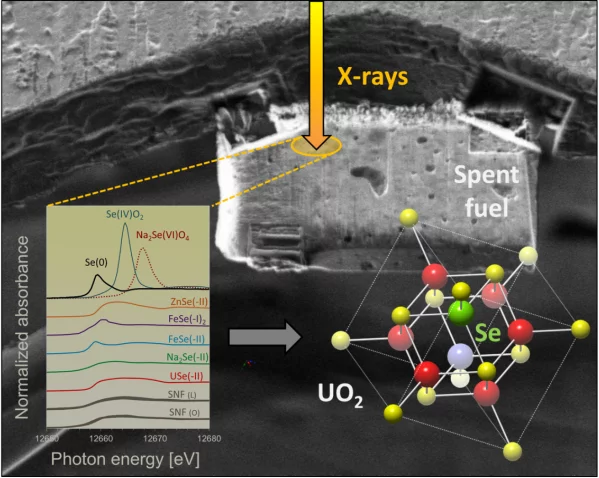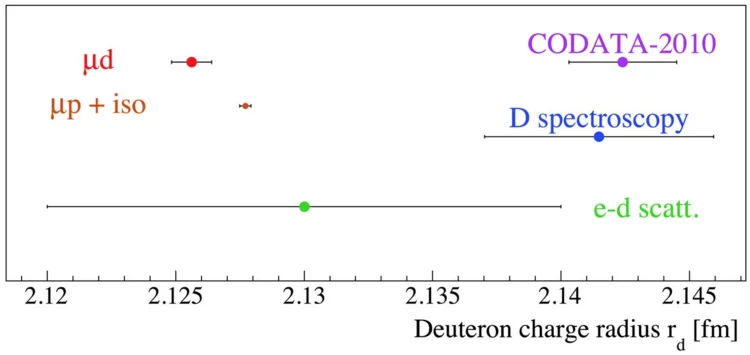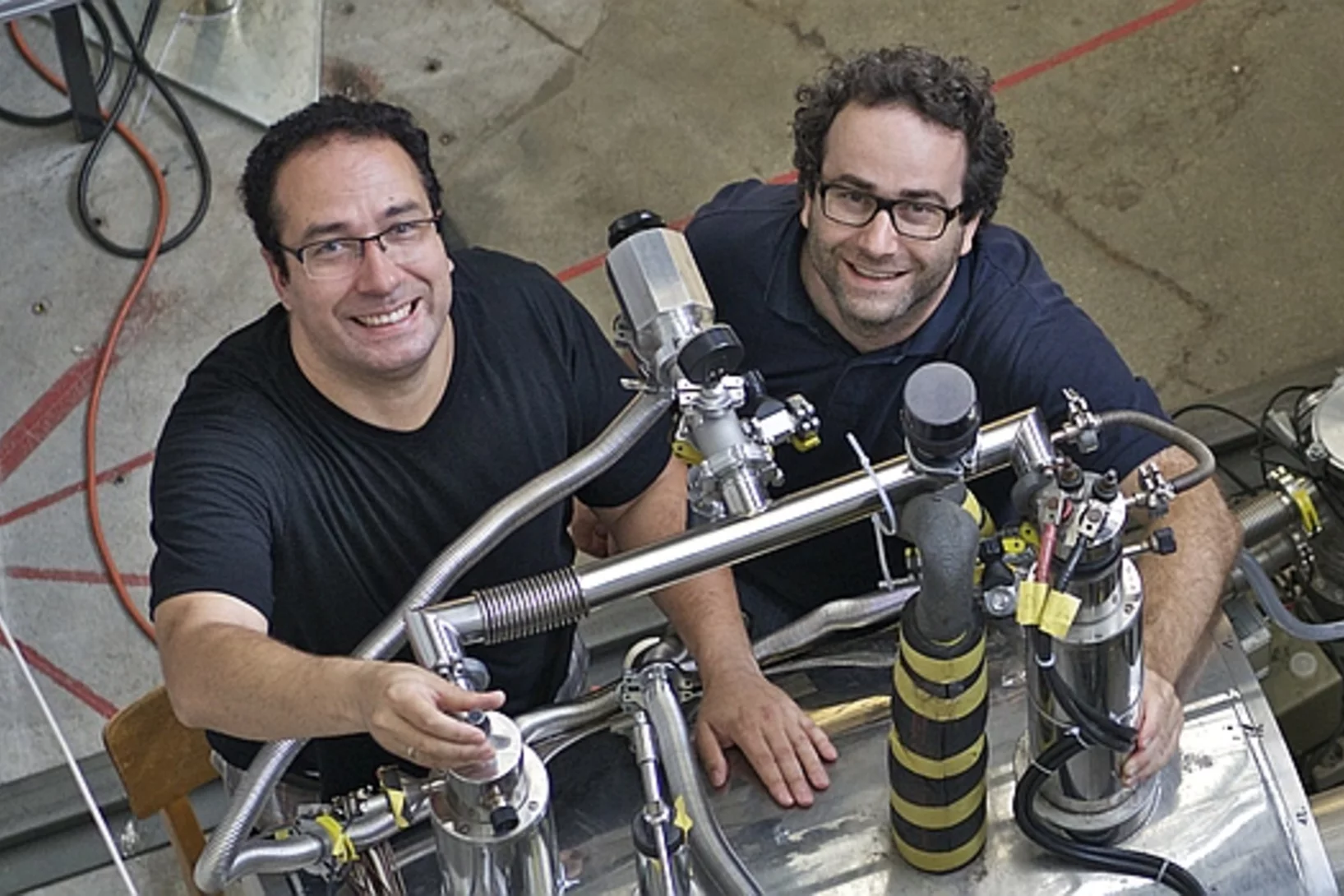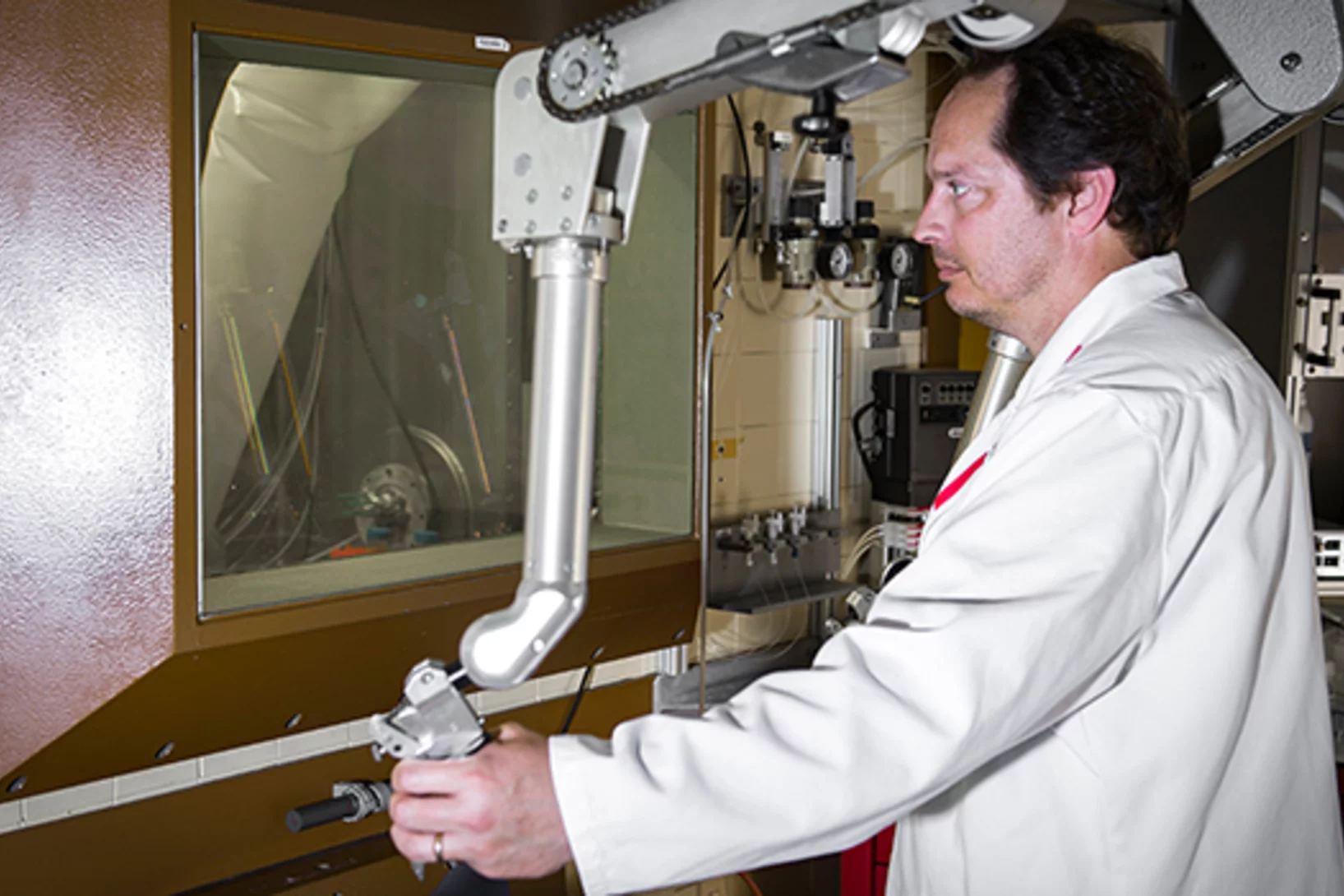A null result full of insights
A laboratory-based search for axion dark matter ended, not unexpectedly, without a discovery. It provides, however, valuable constraints for the properties that these hypothetical particles can have — and thus a guide to where to look next.
Search for Axionlike Dark Matter through Nuclear Spin Precession in Electric and Magnetic Fields
We report on a search for ultralow-mass axionlike dark matter by analyzing the ratio of the spin-precession frequencies of stored ultracold neutrons and 199Hg atoms for an axion-induced oscillating electric dipole moment of the neutron and an axion-wind spin-precession effect. No signal consistent with dark matter is observed for the axion mass range 10-24 ≤ ma ≤ 10-17eV.
Signal Noise Analysis in Nuclear Reactors: when the disturbing role of noise becomes valuable
Noise appears in many areas of science, and commonly has an unwanted and disturbing nature by deteriorating signals’ quality. Therefore, various techniques have been developed over the years for separating noise from pure signals. However, noise has a key role in signal analysis of nuclear reactors as its’ appropriate assessment can be used not only for exploring the normal and dynamic behaviour of nuclear cores, but also for identifying and detecting possible anomalies of reactor systems. State of the art methods have been recently implemented within the well-established signal analysis methodology of the STARS program, at the Laboratory for Reactor Physics and Thermal-Hydraulics (LRT), for investigating nuclear reactor noise and getting a better insight on analysing reactors’ operation.
Time- and spatially-resolved magnetization dynamics driven by spin-orbit torques
Current-induced spin-orbit torques hold a great potential for manipulation of magnetization at ultrafast timescales. Researchers at ETH Zürich have demonstrated, using time-resolved STXM imaging at the Swiss Light Source, the influence of spin-orbit torques on the switching behaviour of Pt/Co/AlOx nanostructured elements.
Highly Crystalline C8-BTBT Thin-Film Transistors by Lateral Homo-Epitaxial Growth on Printed Templates
Highly crystalline thin films of organic semiconductors offer great potential for high-performance, low-cost flexible electronics. Researchers at IMEC Belgium have developed a new double-step thin film fabrication process that offers higher performance devices. Soft X-ray spectro-microscopy at the Swiss Light Source was used to prove that the increased performance comes from larger areas of material sharing the same molecular orientation.
Pt nanoparticles: The key to improved stress corrosion cracking mitigation in boiling water reactors
The formation and growth of cracks by stress corrosion cracking (SCC)in reactor internals and recirculation pipes due to the highly oxidising environment is a serious issue in boiling water reactors. At first, SCC mitigation was attempted by injecting H2 into the feed water, where the injected H2 recombines with the H2O2 and O2 to water and reduces the electrochemical corrosion potential, and consequently the SCC susceptibility. Several disadvantages of the injection of high amounts of H2, have led to the development of noble metal additions to the reactor feed water. With injection of a much smaller amount of H2, the noble metal particles of a few nanometres in size, formed in-situ, work as catalysts for the efficient reduction of the oxidizing species formed by radiolysis, and thus lower the ECP and SCC susceptibility.
High-Tc superconductivity in undoped ThFeAsN
Unlike the widely studied ReFeAsO series, the newly discovered iron-based superconductor ThFeAsN exhibits a remarkably high critical temperature of 30 K, without chemical doping or external pressure. Here we investigate in detail its magnetic and superconducting properties via muon-spin rotation/relaxation and nuclear magnetic resonance techniques and show that ThFeAsN exhibits strong magnetic fluctuations, suppressed below ≈35 K, but no magnetic order.
Fate of Plutonium through a Geological Reactive Barrier
Natural geological and engineered barriers play a key role in protecting the environment and the anthroposphere from the hazardous impact of deposited waste or spreading contaminants. Such natural geological and engineered barrier materials are commonly complex and heterogeneous. In-situ multimodal microscopic studies under conditions relevant to deep geological formations are crucial to identify the reactive components and reaction pathways or to validate proposed immobilization mechanisms. The present study demonstrated that a simplistic description by a sole reactive component is not an adequate representation of the geochemical reactivity responsible for the immobilization of plutonium within a natural Clay Rock barrier. Multimodal chemical imaging studies on intact, undisturbed systems are absolutely essential to ascertain the geochemical reactivity for relevant geochemical conditions and settings.
Monte Carlo Simulation of Scintillation Detector for Spent Fuel Characterization in a Hot Cell
Spent fuel characterization is necessary to improve nuclear fuel design, optimize core refueling patterns and manage the handling, transport and storage of spent fuel assemblies. The experimental characterization of spent fuels includes measuring their gamma and neutron emissions typically with high-purity Germanium and He-3 detectors. In the past few years, however, efforts to develop efficient and low-cost, fast and thermal, neutron detectors have guided the research to the development of new scintillation detectors. These scintillators offer good efficiency, fast-timing properties, and good pulse shape discrimination capabilities for dual gamma and neutron detection. Within the Laboratory for Reactor Physics and Thermal-Hydraulics (LRT), a preliminary analysis was performed through Monte Carlo simulations to design a measurement unit at the HOTLAB based on new scintillators for the detection of fast neutrons emitted by spent fuel. This semester work of Marianna Papadionysiou was presented at the ANS Student conference in April and received two awards for "Best Detection and Measurement" and "Best Overall Research".
BKW and PSI agree on partnership for safety analysis services
BKW’s Engineering Division and the Paul Scherrer Institute (PSI) joined forces to provide risk and safety analysis services in the nuclear sector. By combining their expertise, the two companies are able to solve highly complex problems in the field of nuclear safety. The range of joint services is aimed at customers from the power plant sector and supply industry, as well as public and state institutions. The collaboration will focus exclusively on the international (non-Swiss) market.
Successful for 20 years: Probing materials with particles
Whether they study materials for the electronics of the future, batteries, or swords from the Bronze Age — for 20 years researchers from a range of disciplines have been using the Swiss Spallation Neutron Source SINQ of the Paul Scherrer Institute PSI for their investigations. At a symposium on 18 April, researchers looked back on the facility's successes and presented plans for modernisation.
Ultrafast formation of a charge density wave state in 1T-TaS2: observation at nanometer scales using time-resolved X-ray diffraction
Femtosecond time-resolved x-ray diffraction is used to study a photoinduced phase transition between two charge density wave (CDW) states in 1T-TaS2, namely the nearly commensurate (NC) and the incommensurate (I) CDW states. Structural modulations associated with the NC-CDW order are found to disappear within 400 fs.
Lueurs d'espoir pour les patients
Depuis plus de 30 ans, des patients atteints d’un certain type de tumeur oculaire sont traités au PSI par irradiation avec des protons. Ces minuscules particules atteignent leur cible avec une précision de l’ordre du millimètre, sans mettre en danger d’autres structures de l’œil. La station d’irradiation OPTIS du Centre de protonthérapie du PSI a été développée en interne à l’institut. Une véritable success story, car chez plus de 90% des patients traités jusqu’ici, l’œil atteint a pu être sauvé.
Intermicellar Interactions and the Viscoelasticity of Surfactant Solutions: Complementary Use of SANS and SAXS
In ionic surfactant micelles, basic interactions among distinct parts of surfactant monomers, their counterion, and additives are fundamental to tuning molecular self-assembly and enhancing viscoelasticity. Here, we investigate the addition of sodium salicylate (NaSal) to hexadecyltrimethylammonium chloride and bromide (CTAC and CTAB) and 1-hexadecylpyridinium chloride and bromide (CPyCl and CPyBr), which have distinct counterions and headgroup structures but the same hydrophobic tail.
New magnetic phase in the nickelate perovskite TlNiO3
The RNiO3 perovskites are known to order antiferromagnetically below a material-dependent Néel temperature TN. We report experimental evidence indicating the existence of a second magnetically ordered phase in TlNiO3 above TN = 104K, obtained using nuclear magnetic resonance and muon spin rotation spectroscopy.
PERFORM-60: Modelling the Ageing of Reactor Vessel Steels
The main threat to the reactor pressure vessel (RPV) operational safety is certainly the radiation damage that hardens and embrittles the steel it is made of. Four decades of research worldwide have allowed understanding and monitoring the phenomena that come into play. At the computational level, a simulation platform, PERFORM-60, has the ambitious aim of predicting the steel evolution for most RPV and operational conditions. It was initially elaborated in the frame of the EU project of the same acronym and is currently further developed to be the end-product of the on-going H2020 EU project SOTERIA. As a contribution of the Laboratory for Reactor Physics and Systems Behaviour (LRS) to SOTERIA, the platform has been rigorously assessed for the first time since its release on a real case study of a Swiss RPV. This critical assessment has been acknowledged by the community and serves as basis for improvements and future developments of the platform within SOTERIA.
Wie die Schweiz 2050 ihren Strom beziehen könnte
Das Labor für Energiesystem-Analysen des Paul Scherrer Instituts PSI untersucht, wie die Schweizer Stromversorgung bis zum Jahr 2050 unter verschiedenen Bedingungen aussehen könnte. Auf Basis der Berechnungen können die Forschenden des Labors Aussagen über zukünftige Entwicklungen treffen und zum Beispiel bestimmen, wie sich eine ehrgeizige CO2-Einsparung mit möglichst niedrigen Kosten erreichen liesse.
Plus-value pour les malades du cancer
A l’Institut Paul Scherrer PSI, les malades du cancer reçoivent un traitement unique en Suisse: la protonthérapie. Il s’agit de la forme la plus moderne d’un type de radiothérapie anticancéreuse et, par rapport à l’irradiation conventionnelle, elle présente des avantages importants en termes d’efficacité et d’effets secondaires. Le Centre de protonthérapie au PSI est entièrement dédié à ce traitement spécial. Son travail pionnier a permis d’aider plusieurs milliers de patients, mais aussi de transformer radicalement la protonthérapie, et ce à l’échelle internationale.
The Dynamics of Nuclear Reactors
Nuclear reactor dynamics deals with the transient behaviour of nuclear reactors which mostly refers to time changes of the imbalance between heat production and removal. Since the prediction of the dynamic behaviour is crucial for the safety of a reactor, computational models and methodologies have been developed in the framework of the STARS project, at the Laboratory for Reactor Physics and Thermal-Hydraulics (LRT), with the main goal to simulate the complex behaviours of reactors under various conditions with a high level of fidelity.
Im Fokus der Protonen
Am PSI arbeiten Forschende Tag für Tag mit Radioaktivität, um fortschrittliche Behandlungsmethoden für Patienten zu entwickeln. Ganz selbstverständlich hantieren sie unter besonderen Sicherheitsvorkehrungen mit einem Material, das zerfällt. Es ist ein Wettlauf gegen die Zeit. Damit alles reibungslos funktioniert, kümmert sich eine eigene Arbeitsgruppe um die Infrastruktur.
Simulationen für effizientere Kraftwerke
Für die Erzeugung von Elektrizität wird in den meisten Fällen Wasser erhitzt und in Dampf umgewandelt. Den Dampfblasen im Wasser kommt dabei eine entscheidende Rolle zu. Forschende des Paul Scherrer Instituts ist es gelungen, das Verhalten von Dampfblasen in einer Computersimulation darzustellen und berechenbarer zu machen.
The deuteron too poses a mystery
The deuteron — one of the simplest atomic nuclei, consisting of just one proton and one neutron — is considerably smaller than previously thought. This finding was arrived at by an international research group that carried out experiments at the Paul Scherrer Institute, PSI. The new result is consistent with a 2010 study by the same group, in which the researchers measured the proton and found a significantly smaller value than previous research using different experimental methods.
Structure and Conductivity of Epitaxial Thin Films of In-Doped BaZrO3‑Based Proton Conductors
Epitaxial thin films of the proton-conducting perovskite BaZr0.53In0.47O3−δH0.47−2δ, grown by pulsed laser deposition, were investigated in their hydrated and dehydrated conditions through a multitechnique approach with the aim to study the structure and proton concentration depth profile and their relationship to proton conductivity.
Les substances qui rendent les nuages blancs
Les nuages sont faits de minuscules gouttelettes. Celles-ci se forment lorsque l’eau se condense sur de petites particules en suspension dans l’atmosphère appelées aérosols. Pour mieux comprendre l’apparition des aérosols des chercheurs ont à présent effectué une vaste simulation numérique fondée sur des données expérimentales étendues. Or cette simulation montre qu’outre l’acide sulfurique, deux autres substances jouent un rôle décisif dans l’apparition d’aérosols: certains composés organiques et l’ammoniac. Les résultats de recherche viennent d’être publiés dans Science, la revue spécialisée renommée.
Dans le microscope chimique
Entretien avec Daniel GrolimundDaniel Grolimund est responsable d’une ligne de faisceau à la Source de Lumière Suisse (SLS) du PSI. Cette ligne de faisceau permet de déterminer la répartition des liaisons chimiques dans différents objets. Une possibilité dont profitent des chercheurs de disciplines les plus diverses: spécialistes des batteries, biologistes, archéologues et bien d’autres scientifiques. Le chercheur évoque en entretien la multiplicité des thématiques étudiées à la ligne de faisceau et les défis variés dont s’accompagne cette diversité.
Radioactive targets produced at PSI enable improving the Big Bang Theory
One of the long-lasting unsolved problems in Nuclear Astrophysics is the so-called "Cosmological Li Problem", i.e. the large discrepancy between the primordial 7Li abundance predicted by models of Big Bang Nucleosynthesis and the one inferred from astronomical observation. The study of the production/destruction rates of the radioactive precursor 7Be is one of the clues for solving this problem.
Flüssigsalzreaktoren – die Erforschung einer Möglichkeit
Am Paul Scherrer Institut PSI erforscht eine kleine Gruppe von Wissenschaftlern mittels theoretischen Modellen mögliche zukünftige Kernreaktoren: die sogenannten Flüssigsalzreaktoren. Dies hilft, die Expertise der Schweiz bei heutigen und zukünftigen globalen Fragestellungen im Bereich Kernenergie und Reaktorsicherheit zu sichern.
Infrared imaging sheds new light on the condensation/evaporation process
Researcher at PSI (NES/LRT) have brought modern infrared technologies into their large thermal-hydraulic facility, called LINX, to obtain insights into condensation/evaporation process occurring under thermodynamic conditions resembling those of a nuclear power plant containment during a severe accident scenario. In such a scenario, condensation is of prime importance to control the thermodynamic state of the containment. It affects the pressure history, the overall gas (steam, hydrogen) and fission product distribution within this last barrier. Better understanding of these phenomena under accident conditions is essential to properly predict the accident evolution.
POLAR experiment successfully launched on Chinese spacecraft
The second Chinese space laboratory satellite Tian Gong 2 was successfully launched from the Jiuquan Satellite Launch Center on September 15th, 2016 at 22:04 BTC (UTC+8h). Among more than ten instruments onboard it also brought to space the only non-Chinese experiment POLAR - the hard X-ray polarimeter.
The chemical state of 79Se in spent nuclear fuel
An interdisciplinary study conducted at different PSI laboratories (LES,AHL, LRS, SYN) in collaboration with Studsvik AB (Sweden) demonstrates that selenium originating from fission in light water reactors is tightly bound in the crystal lattice of UO2. This finding has positive consequences for the safety assessment of high-level radioactive waste repository planned in Switzerland, as it implies (contrary to previous assumptions) that the safety-relevant radionuclide 79Se will be released at extremely low rates during aqueous corrosion of the waste in a deep-seated repository.By Enzo Curti (PSI-LES)
The chemical state of 79Se in spent nuclear fuel
An interdisciplinary study conducted at different PSI laboratories (LES, AHL, LRS, SYN) in collaboration with Studsvik AB (Sweden) demonstrates that selenium originating from fission in light water reactors is tightly bound in the crystal lattice of UO2. This finding has positive consequences for the safety assessment of high-level radioactive waste repository planned in Switzerland, as it implies (contrary to previous assumptions) that the safety-relevant radionuclide 79Se will be released at extremely low rates during aqueous corrosion of the waste in a deep-seated repository.
Laser spectroscopy of muonic deuterium
The deuteron is the simplest compound nucleus, composed of one proton and one neutron. Deuteron properties such as the root-mean-square charge radius rd and the polarizability serve as important benchmarks for understanding the nuclear forces and structure. Muonic deuterium μd is the exotic atom formed by a deuteron and a negative muon μ-.
Auch das Deuteron gibt Rätsel auf
Das Deuteron ist – genau wie das Proton – kleiner als bisher gedachtDas Deuteron – einer der einfachsten Atomkerne, bestehend aus nur einem Proton und einem Neutron – ist deutlich kleiner als bislang gedacht. Dieses neue Forschungsergebnis passt zu einer Studie aus dem Jahr 2010, bei dem ebenfalls am Paul Scherrer Institut PSI das Proton vermessen wurde und ebenfalls ein kleinerer Wert gefunden wurde als erwartet. Das Ergebnis von 2010 begründete das seither sogenannte Rätsel um den Protonradius.
Designernuklid für medizinische Anwendungen
Erstmals ist es Forschenden am PSI in einem Zyklotron gelungen, das Radionuklid Scandium-44 in hinreichend grosser Menge und Konzentration herzustellen. Damit haben sie die erste Voraussetzung geschaffen, dass Scandium-44 später einmal für medizinische Untersuchungen in Kliniken eingesetzt werden kann.

